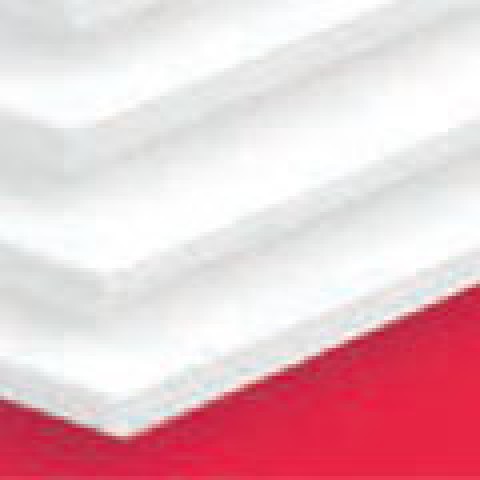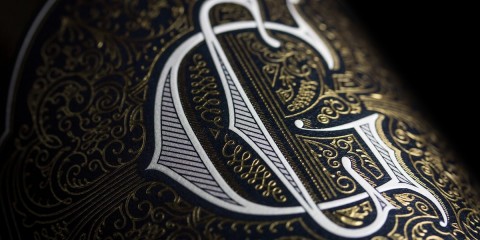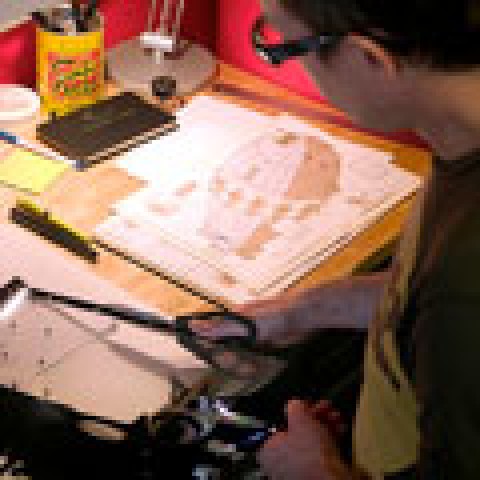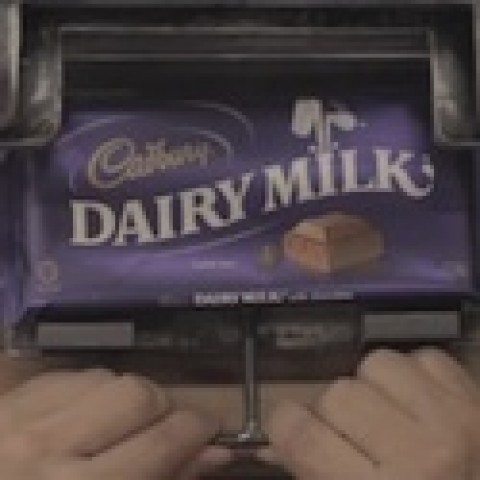
Our special guest speaker, Jack Bredenfoerder, director of BV Color Strategy, brought his insight and passion for color to webinar attendees. Here are his answers to your post-event questions.
What about PINK? A few years ago, there was seemingly solid research done that pink calms down psych patients.
The jury is still out on this one. I am assuming that we are talking about Baker-Miller Pink and the research done by Dr. Alexander Schauss, PhD of Tacoma, Washington.
Remember, I mentioned the PHYSICAL effects of red, not the psychological/contextual effects. Dr. Schauss’ testing did conclude that there were physical calming effects of Baker-Miller Pink; however, that research has been seriously disputed because he did the physical testing on himself!
Other research views the effect as more contextual and psychological rather than physical. I also remember a case where a Miami, Florida nightclub decided to leverage the effect of Baker-Miller pink by installing pink lighting, but the opposite effect occurred – there was a marked increase of aggressive behavior and confrontations. The pink lights were removed, and the bar returned to normal.
Leatrice Eiseman gives a good explanation of Baker-Miller Pink here.
Other related links on “pink” that you may find interesting are a USA Today article, a study by Alexander Schauss; a post at ColorTherapy.com, and an article by Janine Driver at the Dr. Oz blog.
Do you see any shifts in color usage, i.e. blue is conservative (banking)?
I mentioned the shift of the use of brown in my presentation – from more ordinary connotations to more luxurious ones. These shifts are often a clue that longer-range color cycles are beginning to form.
In the case of blue, the more vibrant and active Yves Klein and electric blues have been replacing the old corporate conservative navy blues – even for banking.
As I mentioned in the webinar, I believe these more vibrate blues are occurring in conjunction with our society’s newfound connectivity. I can’t stress how important it is to evaluate the influences that are causing the shifts – this is what gives a color direction true longevity.
Consider the mauve cycle of the late 80s and early 90s. It really didn’t have a strong influencer behind it besides style and change. Once people moved on – mauve became a pariah. It just became out-of-style and people abandoned it. There was no real reason to keep it around.
Contrast this with the new resurgence of the purple family in recent years. With changes in technology and communication, people are becoming more self-reliant and confident with their creative choices. The uniqueness of purple supports this increase in self-reliance and increase in individual creativity.
People have become frustrated with the status quo, and they want to be heard and seen as individuals. They want others to listen to them and respect their opinions – this is why I am expecting a resurgence of bright colors across the entire spectrum – especially “creative” purple.
When creating a client’s color palette, is it a mistake to mix colors of different saturation or value? For example a palette that has a light green, “medium” green, light blue, light orange, etc? Is the optimal palette all in the same saturation/value?
Color can definitely help consumers navigate a product line. The major brand color(s) attract us to the brand and then the version colors help us find the individual products within the brand.
This is a very methodical and intuitive process, and for that reason, many marketers preach that we should keep the colors at the same saturation and value levels in order to keep the shopping experience and process as simple and straight forward as possible.
That may work for some products, but I would not say that this is an absolute “best practice.” It may work well for the quick-in quick-out shopping, but the more sensory, experience-oriented products can benefit from a complex and layered color messaging experience.
We can learn a lot from nature and fine art when it comes to color expression. Multiple levels of saturation and value make the experience more exciting, engaging and real.
Think of how nature expresses color – it certainly is not at one level of saturation and value. I believe marketers in general have over processed and over analyzed the shopping experience. The use of more creative and surprising combinations that challenge and stimulate our senses is a method that should definitely be considered in the current environment of expected sameness.
I’m curious what the presenter has to say about changing a color brand for a special need, e.g. the regular Coke can that was released in a white can over the holidays.
This is another example of a practice that old school marketers would never have allowed in the past. They would preach to never mess with brand equities – especially the brand color.
Times have changed, and these static rules make the brand look too corporate and impersonal. I think that changing the brand color for special needs is a practice that a mega brand like Coke can benefit from.
It adds interest and excitement to their regular sea of red. However, I would caution doing this with any brand where color is the absolute brand driver like: “The little blue box;” “What can brown do for you?” or “Orange (the communications company).” Beyond just changing the ribbon of “the little blue box” to red for the holidays, leave these absolute color brand drivers alone.
How can we learn more on color prediction – resources that you can recommend?
I highly recommend attending Color Marketing Group workshops. You will learn the CMG process and also be able to network with color forecasters from many different industries. Visit www.colormarketing.org.
Is it possible to get the 90-10 Global Color Direction palette?
If you are a member of CMG, all of the forecast archives are available for your personal use and can be downloaded from the CMG website. The CMG regional forecasts have been compiled into one global forecast only in recent years. Before that, the individual regions were available separately.
Trend services like WGSN, CAUS, Pantone, and The Trend Curve also have different categories of forecast archives available to members in a variety of fee structures.
You might want to reference the older forecasts from trend publications like MIX magazine for free at your public library. Also, remember that you can revisit past Fashion Week runways just by searching them on the Web. Automotive, paint and home décor product companies are often willing to share their old forecasts, especially if they have an online archive. I’m a firm believer in referencing a wide variety and cross-section of sources – the more sources you have, the greater your global perspective will be.
How can I successfully work with red at a financial corporation? I’ve had problems in the past trying to use this most powerful color.
In the case where you find any color difficult to work with, I would encourage you to go back to your brand story and really make sure it is well defined. Also examine ways that your “difficult color” could be used to help tell this story.
Once you have done this, search for imagery and inspirations that illustrate the story in the form of a brand visualization board. By doing this, you should begin to recognize applications where the color works for your brand story and where it doesn’t.
Specific to financial corporations, red can often look extreme and unstable. Look to balance and anchor the red – possibly with large grounds of white, gray or other neutral. Sometimes just a small mark of red can bring great interest to a large neutral ground.
Also, try and find design contexts that leverage the caring and nurturing side of red. Be careful of design contexts that bring out the explosive, warning and carnal messages. Remember, context is the key to color meaning and association.
Can you give a quick description of typical steps you use to build color palettes for a project?
The first thing you want to do with any project is to determine if the creative objectives of the project are clearly defined.
- Is there a creative brief for the project?
- Have the important market influences and directions been identified and defined?
Second, define what you what to communicate with the project.
- Create both a verbal and a visual “story” for the project.
Third, search for color inspirations that will help tell the project story as a color expression.
Fourth, consider how the major influences may affect your story over the next several years.
- How might the color expression evolve with these influences?
Fifth, layer and assemble the color inspirations and build your palette.
Sixth, evaluate your palette against the communication objectives and my five point color strategy criteria.
- Does the palette meet the objectives and strategic criteria?
- Does the palette delight and engage the viewer?
- If both these answers are yes, congratulations! If either or both are no, revise the palette.
Please don’t look at these steps as a linear step-by-step process. Creative insight can be quickly lost if the process becomes too mechanical and ordered. Be open to the unexpected insight that might appear at anytime, and be willing to evolve your creation with it.
|

 To listen …
To listen …








